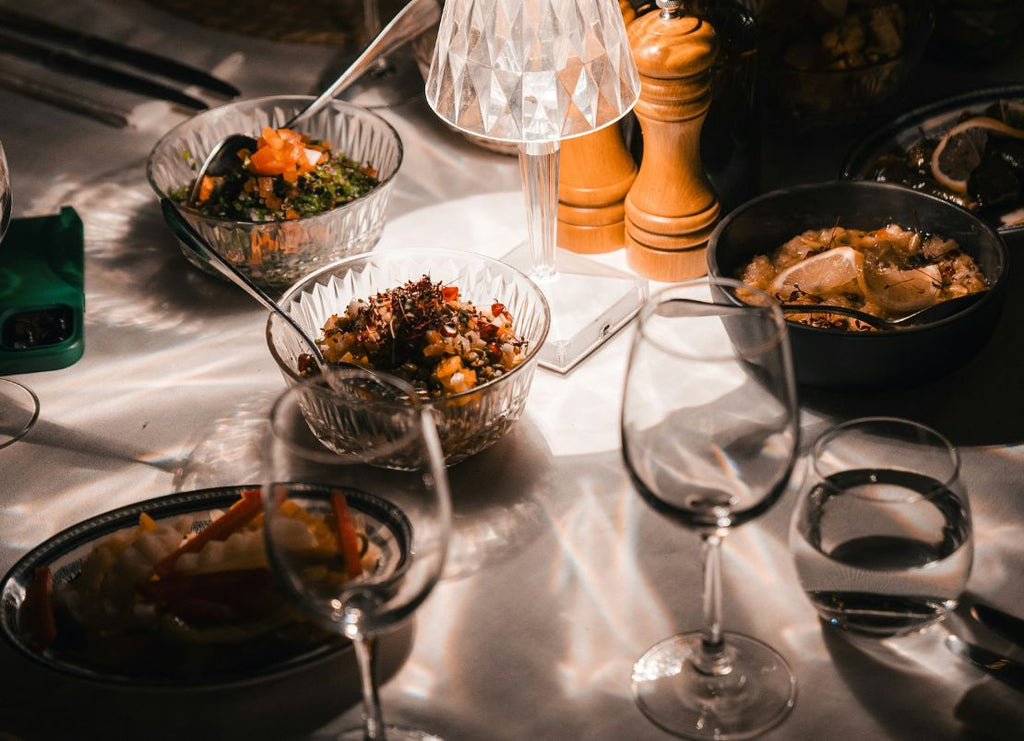
Discovering the Secrets of Wine Aromas

Wine is more than just a beverage; it's an experience that transcends generations, cultures, and continents. If you’re a wine enthusiast, novice drinker, or even a sommelier, understanding wine aromas can open up a whole new world of sensory delight.
What is Wine Aroma?
In the world of oenology, the term "aroma" refers to the pleasant smells that emanate from a wine. These are perceived through your olfactory senses — specifically, the nasal cavity and the mouth, which are intricately connected. Wine aromas are not to be confused with flavours, which are detected by the taste buds and involve sweet, salty, sour, bitter, and umami notes.
The Language of Wine
Wine aroma is akin to a mysterious language, one that takes years to learn and a lifetime to master. This complex language is inspired by a myriad of factors, including the region, climate, grape varieties, vinification methods, and ageing processes.
When opening a bottle, each aroma tells a part of the story, from the grape’s origin to its final transformation into wine. The bouquet, composed of a combination of these aromas, reveals the wine's spirit and sets the stage for the tasting experience.
The Three Types of Wine Aromas
In oenology, aromas are classified into three main types:
Primary Aromas: These are derived from the grape variety itself. Each grape has its own unique aroma profile influenced by soil and climate. For example, Pinot Noir often presents cherry and violet aromas, while Chardonnay may exude notes of peach and honey.
Secondary Aromas: These emerge during the winemaking process. The type of yeast used in fermentation and other vinification techniques contribute to secondary aromas. Common scents include butter and cheese resulting from malolactic fermentation.
Tertiary Aromas (or the bouquet): These develop as the wine ages, either in a bottle or a wooden barrel. They offer complex notes like vanilla from oak barrels, or earthy tones like tobacco or leather in aged red wines.
A Glossary of Wine Aroma Families
Beyond these categories, wine aromas can be further grouped into families:
Floral Aromas: Think rose, violet, honeysuckle.
Fruit Aromas: From berries to citrus, and exotic fruits like mango.
Vegetable Aromas: Include notes like green bell pepper or truffle.
Animal Aromas: Often present in aged wines, such as leather or musk.
Mineral Aromas: Chalk or flint scents that are more common in certain terroirs.
Burnt Aromas: Caramel, coffee, or chocolate.
Herbs and Spices: Pepper, basil, or cinnamon.
Other Notes: Vanilla, liquorice, or butter.
How to Recognise Wine Aromas
Recognising wine aromas is an art that requires practice and focus. Here’s a step-by-step guide to enhance your aroma perception:
Sniff the Wine - Start by smelling the wine without swirling to capture the most volatile aromas. This is known as the "first nose."
Swirl and Sniff Again - Swirl the wine in your glass to release additional aromas and take another sniff, termed the "second nose."
Taste it - Take a sip and aerate the wine in your mouth. This allows retro-nasal olfaction, enhancing aroma perception as the wine travels from the palate to the nasal cavity.
Reflect - After tasting, note how long the aromas linger. This persistence, measured in "caudalies," indicates the wine’s finish.
Developing Your Aroma Memory
Improving your ability to identify and recall wine aromas requires developing your aroma memory. Engage your sense of smell daily, whether by appreciating the aroma of your morning coffee or the scent of fresh flowers. Attend wine tastings and document your impressions. Over time, you’ll build a mental library of aromas.
Optimal Wine-tasting Conditions
To fully appreciate wine aromas, create an ideal environment:
Use Proper Glassware - A good wine glass, such as an Exploreur Oenologie, enhances aroma concentration.
Right Temperature - Serve wines at their optimal temperatures to prevent aroma suppression.
Neutral Environment - Ensure your tasting environment is free of competing scents or strong lighting.
The Role of Oenology Accessories
Oenology accessories can significantly enhance the wine-tasting experience:
Decanters - Help aerate the wine, releasing its full aromatic potential.
Aerators - Quickly introduce oxygen to the wine, intensifying its aromas.
Cellar Tools - Preserve wine’s integrity and aroma during storage.
Wine aromas are a complex and delightful aspect of the wine-tasting experience. Understanding this ancient language will heighten your appreciation for wines and transform the way you perceive each glass. To continue your aromatic exploration, consider investing in quality wine-tasting tools and perhaps even joining a local wine club. Cheers to your aromatic adventures!





















